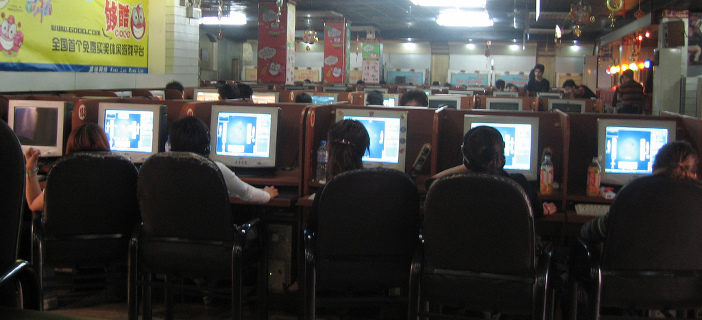A teenager in Anhui province has died at a boot camp which claimed to cure “internet addiction”, according to anhuinews.com. The eighteen year old boy, who has not been named, had been at the camp for only two days when his parents were contacted to say he had been taken to hospital. He died the same day, with 20 external injuries as well as internal damage.
Police have arrested the head of the school and four members of staff, but this is not the first tragedy in so-called “education camps.” In 2009 Deng Senshan, age 15, died on his first night at a camp in Guangxi province, after being beaten with a wooden chair leg and forced to run around the basketball court.
Authorities have been slow to respond to concerns. Draft regulations were published in January this year banning the use of electro-convulsive therapy (ECT), often by unqualified and untrained staff, as a “treatment,” but this comes eight years after the practice was forbidden in hospitals. Education camps are big business: six months at the camp in Anhui cost RMB 22,800, and Deng Senshan’s parents paid RMB 7,000 to their son’s killers. There are thought to be around 300 such camps in China, although since they are unregulated no precise figure can be established.
“Internet addiction” is a controversial idea, with researchers divided on whether it exists as a condition in itself, or is a symptom of other problems. It’s officially recognized in China, but not in the US, although several psychiatrists argue for its inclusion in the Diagnostic and Statistical Manual (DSM).
Ironically, although perhaps appropriately, the first description of Internet Addiction Disorder turned out to be an online hoax, intended to parody the DSM’s attempt to compartmentalize all problematic human behavior.
Concerned parents should be aware that “addiction” is regarded as involving more than six hours’ internet use every day. If you’re worried about a child or young person, then you should seek advice from an appropriately qualified professional, and seek to open a dialog with the child in a supportive and non-confrontational way.
Photo: Kai Hendry via Flickr




